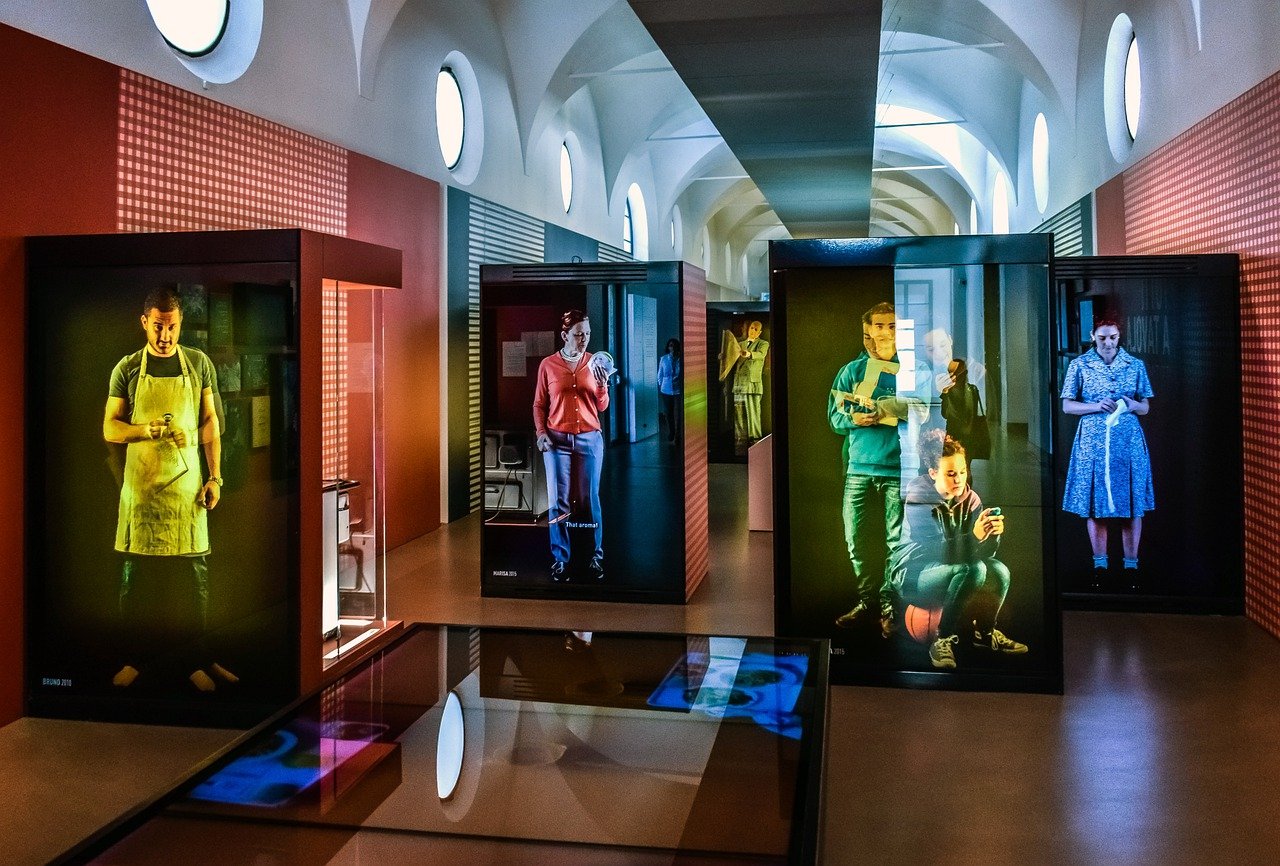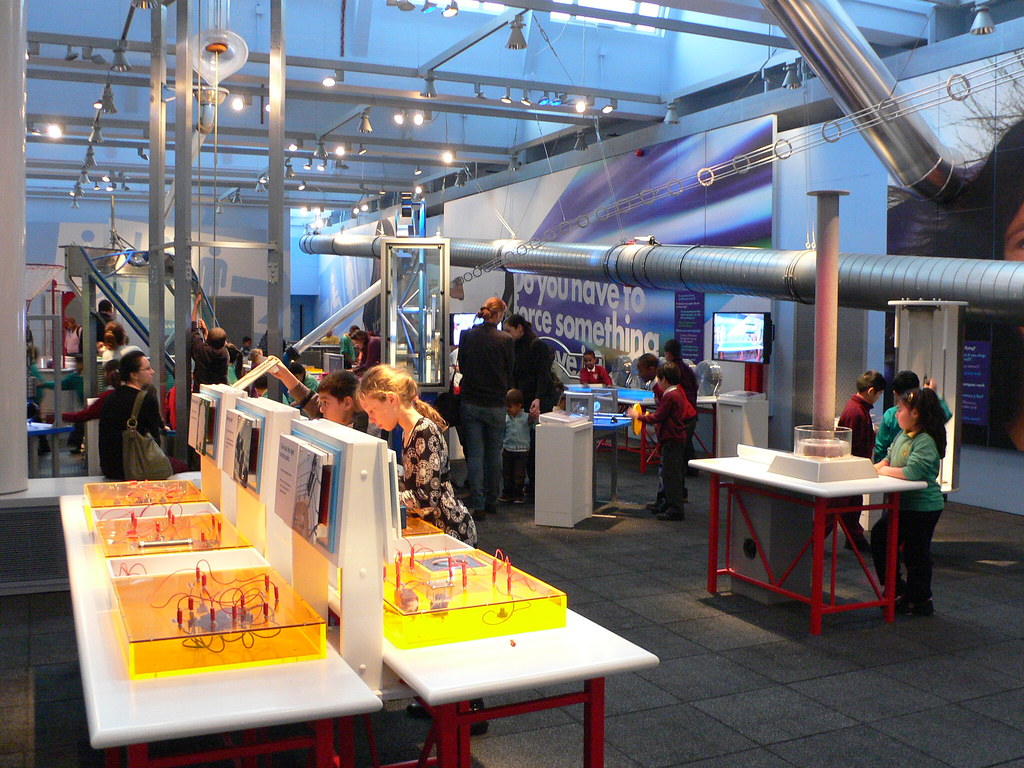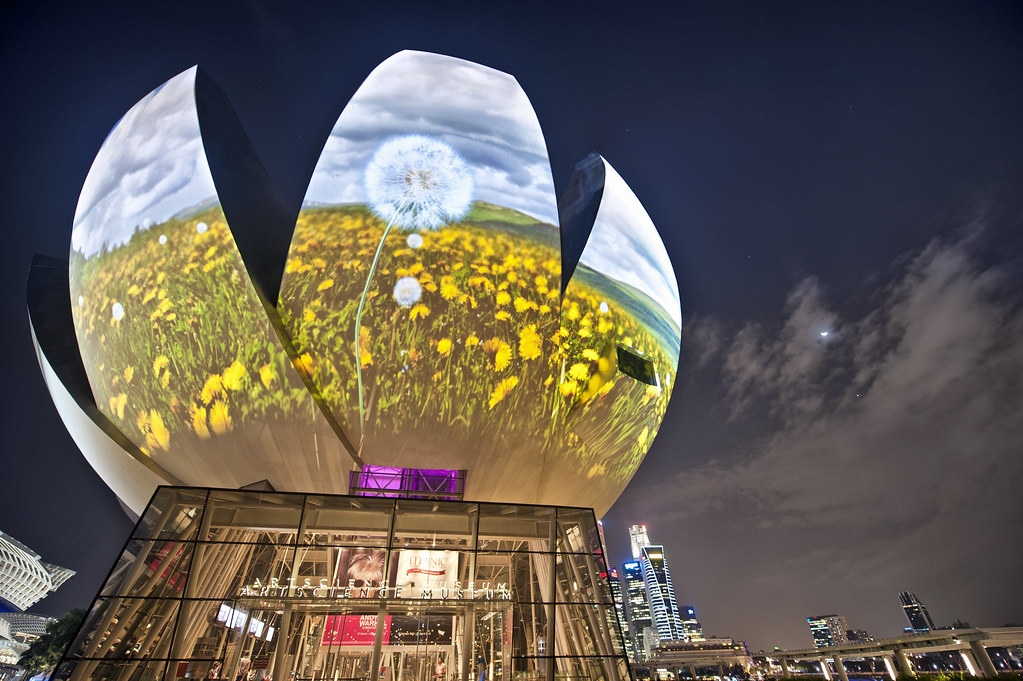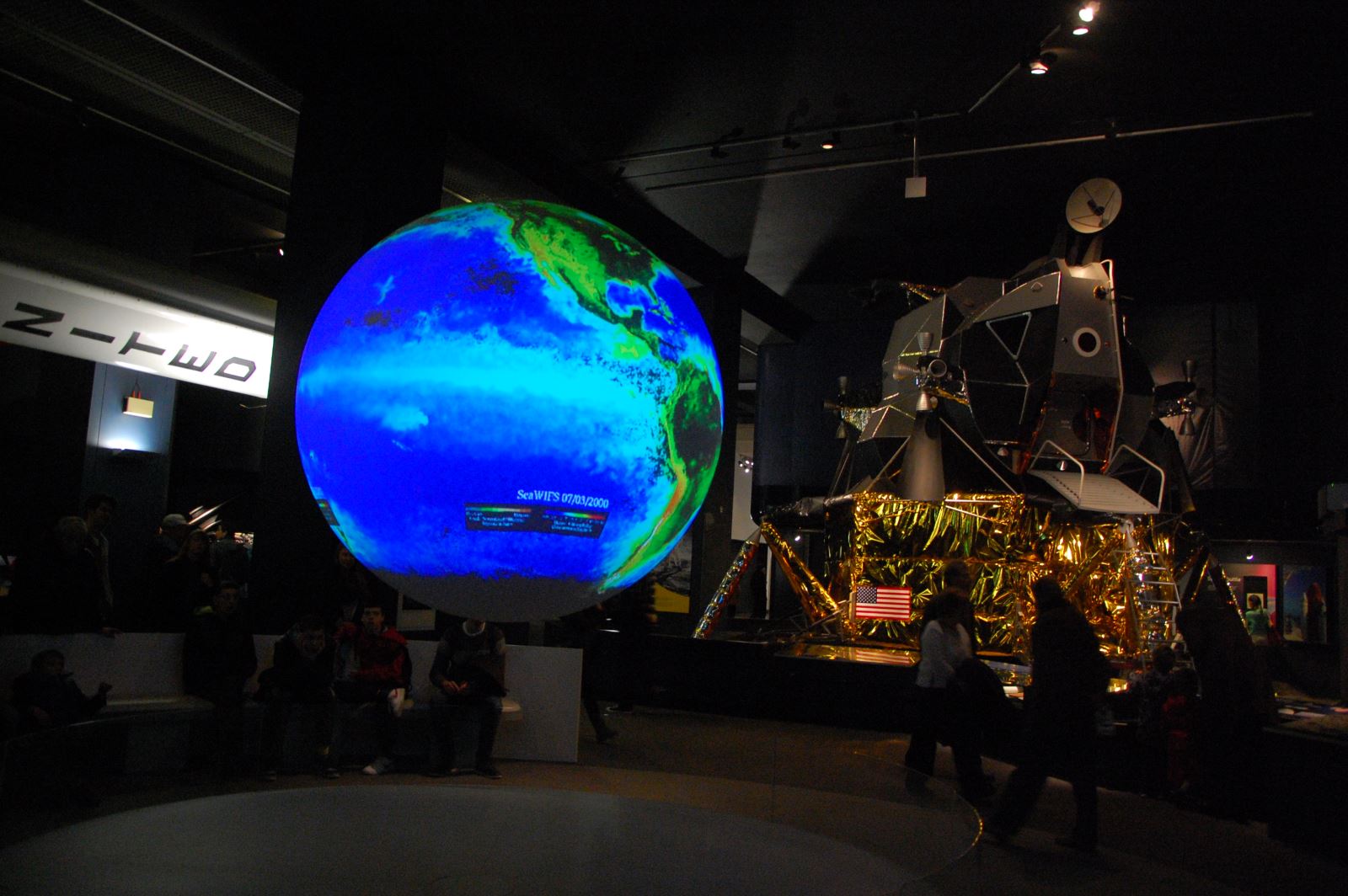By: Inas Essa
Science centers' and museums’ role in communicating science through hands-on experiences has been evident. Recently, they have been working on reshaping their identities to promote more social responsibility, engagement with complex science and technology issues, besides civic engagement and change.
With bold and forward-thinking to evolve and meet new dramatic changes successfully, they have been considering asking basic questions about their main purpose: Who are we? Who do we serve? How do we serve?. They have started to re-imagine their spaces and practices to embrace broader goals during such troubled times of environmental degeneration, food security issues, and digital revolutions.
Changing the Role of Science Centers and Museums
Recent research has been investigating and discussing the changes in roles of these institutions through the emergence of fourth-generation science museums and the drivers of this change. In the new study, researchers argue that science centers and museums can become places that embrace change and transformation by changing their roles.
The researchers focused on the changing landscape and the development of this new kind of science center/museum. They have also highlighted how science centers and museums have reinvented themselves over the years, expanding their purposes and functions, and moving through different generations.
In this study, researchers conducted interviews with over 40 museum CEOs, curators, coordinators, educators, and facilitators from Brazil, Canada, Italy, Finland, the USA, and Zimbabwe. Additionally, they interviewed hundreds of visitors engaged with these exhibitions.

Science Center and Museum Generations
Science centers and museums have been working as mediators in the relationships between the rich and obscure world of science and the everyday world. The researchers of the study in question have built their research upon earlier researches to understand the historical evolution of these institutions from natural history to interactive, as well as their roles and social purposes.
They describe how the scope of these centers and museums have changed over the years, till their goals began to shift by the twentieth century from only displaying specimens and collections to deeper goals, including:
- Showcasing objects that represent scientific and technological progress.
- Disseminating accessible information about these objects to the visiting public.
That promoted other educational functions of these institutions to get combined with the aforementioned research finding’s function.
In response to technical progress, these institutions became fully functional public institutions with the establishment of applied science, technology, and industry museums. That happened with the intention of presenting and celebrating human achievements and the positive contributions of science to the production of industrial objects. Also, to indicate how these new machines and technological progress would promise us a better future.
Third-generation science centers and museums evolved moving away from the traditional object-based approaches to be more concerned with presenting universal abstract laws, principles, and phenomena that transcend time and place. They worked on offering interactive exhibits and hands-on galleries, which could work as exploring stations of ideas.
The goal of these third-generation centers and museums was linked to the exploration of the space, and engaging with new ways of teaching and learning about science by presenting scientific concepts and experiences through hands-on displays to enhance public understanding of science. They also allowed visitors to engage more with exhibits by a combination of manipulation, reading, hearing, pushing, pulling, and generally using their senses.

The Evolution of Fourth-Generation Science Centers and Museums
This evolution has happened as science centers and museums observed an urgent need to repurpose their relevance towards society and began to see themselves as important contributors in different external scientific, social, cultural, and political contexts. That rise in the social and environmental consciousness, and more attention to socio-scientific issues led to a major shift in the science center/museum world.
The authors of the recent study argue that such progressive views of scientific literacy, models of science communication that engage visitors in different ways, and the experimental work they conducted over the years, are such a milestone towards fourth-generation science centers and museums while embracing broader goals and social roles.
The scope of these centers and museums is related to more commitment to progressive views of scientific literacy oriented to promoting responsible citizenship and critique. Science centers and museums are also being recognized as places that can potentially establish two-way communication approaches and challenge long-standing deficit perspectives.
Today, these institutions are engaging in the promotion of dialogue and participation among visitors, embracing socio-scientific issues as part of their exhibition practices, creating more just relationships between visitors and museum professionals, and fostering scientific citizenship.
Science Centers and Museums, and Public Engagement
Science centers and museums that employ a range of science communication and public engagement models open up possibilities for inspiring spaces and practices that are critical in their form and function.
These approaches illustrate how science centers and museums can potentially transform their spaces and practices to include deliberative forums where visitors can converse, participate, and engage in decision-making. It is a step towards eliminating an old perspective of considering science museums as temples.
Along with traditional activities, science centers and museums have recently acted like online forums for difficult conversations around nagging topics like climate change and pandemics. For example, recently, some science centers and museums have been engaging in complicated conversations about the pandemic with their publics for more social interaction with a feeling of responsibility.

Drivers of Fourth-Generation Science Centers and Museums
Authors of the study also tried to highlight that, if current science centers and museums could act while beginning to embrace critical scientific literacy and socio-scientific (often controversial) subject matter, what might fourth-generation science centers and museums become and embody?
Alongside traditional goals of communicating science, fourth-generation science centers and museums can be places for activism, reflecting more contemporary and pioneering goals that are generated by today’s centers' and museums changing landscapes. Also, the new centers and museums can be places where visitors and center/museum professionals are engaged in critical thinking while addressing the controversy and complex issues. That could be achieved in different ways; for example, through exhibitions engaging with the complex socio-scientific subject matter.
Speaking of more diversity and inclusive involvement, science museums can be places for fostering social well-being and environmental transformation through practicing active listening, conversations, honoring, and recognizing community knowledge and competencies, and repurposing their work through them.
Science Centers and Museums; Places for Transformation
This is not an easy work that could be accomplished overnight; yet, believing in its importance and how it could be a push to science centers and museums and a source of science engagement enrichment would be an important motive.
Re-imagining science centers' and museums’ goals, spaces, and practices is a difficult, yet necessary, work and requires a sharp vision towards a bigger goal. In other words, it is not enough that science centers and museums exist for their own sake; they must also embrace their active exchange and co-production of knowledge within the societies in which they exist.
The way towards achieving fourth-generation science museums is filled with various challenges; however, the authors of the study highlight that it is time for change. The authors summarize the new roles in:
- Embracing progressive views of scientific literacy;
- Challenging ways of representing science and dominant cultural and scientific narratives;
- Articulating various disciplines;
- Recognizing the complex relationships that co-exist between science, technology, society, and environment;
- Prompt reflection and critical questioning;
- Engaging with controversy;
- Inviting two-way communication approaches, civic participation, reflexivity, and engagement; and
- Working towards agency and social change.

Finally, they encapsulate commitments of the fourth-generation science centers and museums in movements, practices, a range of exhibition and curatorial designs, coalitions, programs, forums, and community outreach.
References
link.springer.com
Controversy-and-Critical-Exhibitions-Envisioning-a-Fourth-Generation-of-Science-Museums